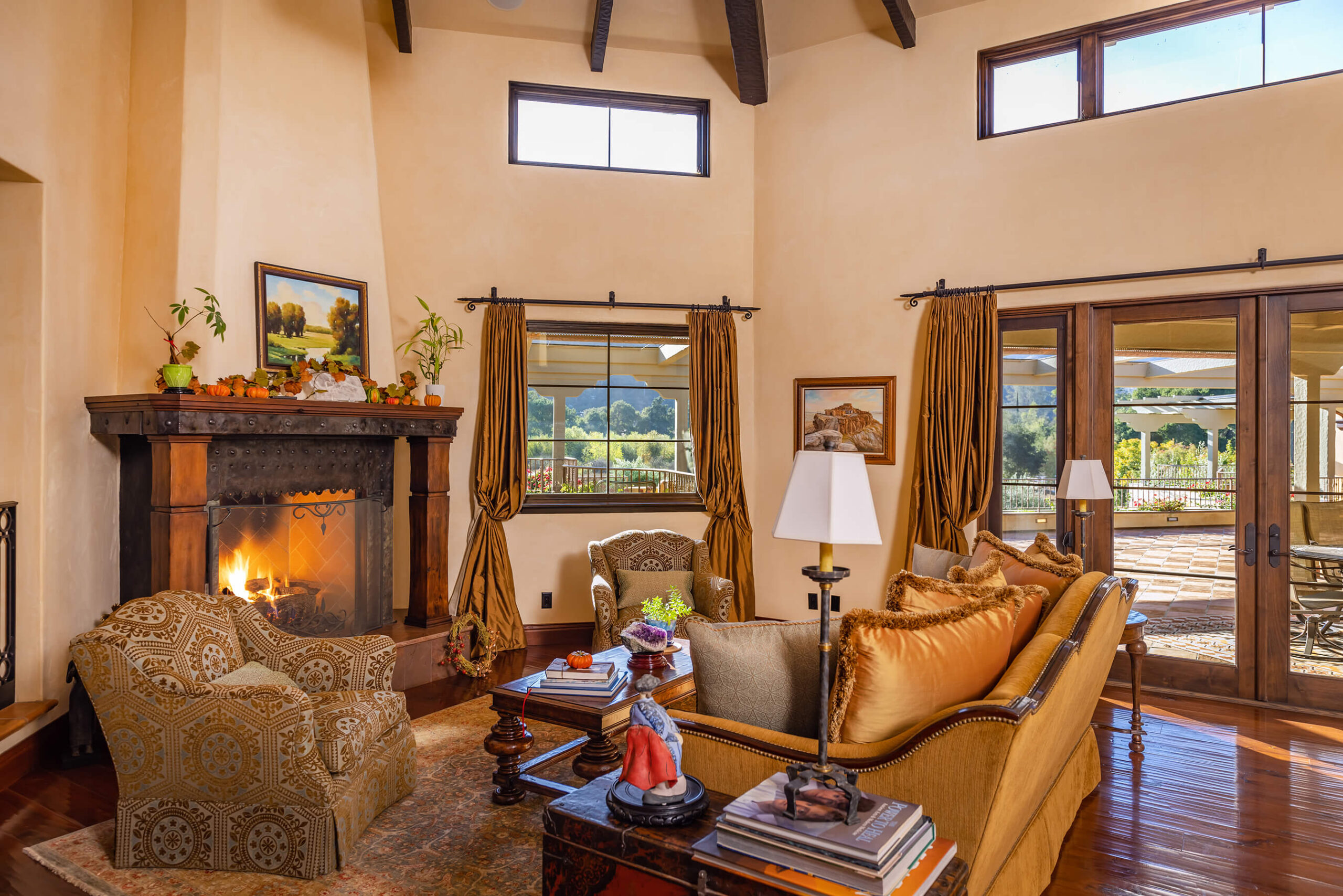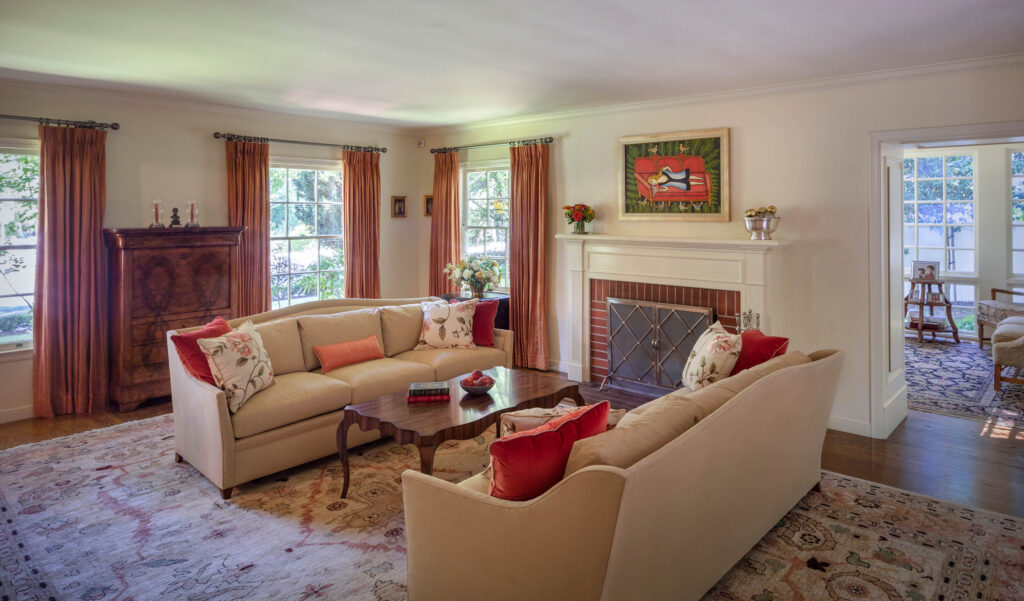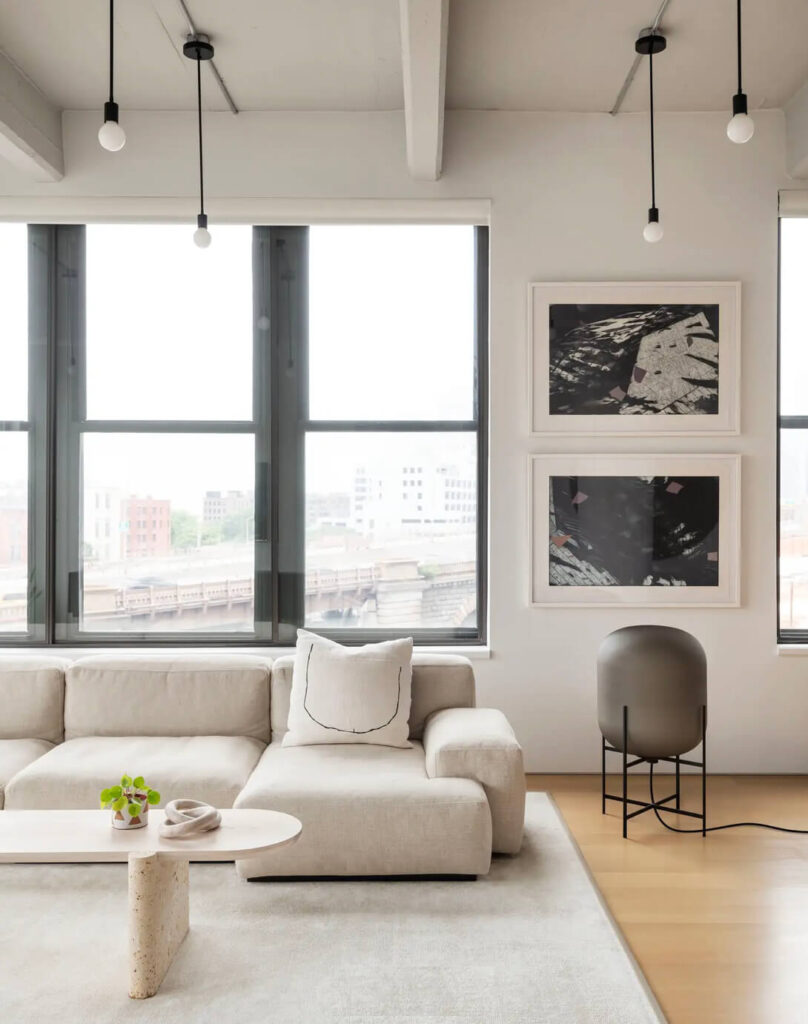
When you walk into a room, the atmosphere, the layout, and the tiny visual details speak volumes—sometimes even before a single word is said. This is the essence of interior design: it shapes how we feel, live, and function in a space. And when it comes to defining your home’s personality, two major styles often dominate the conversation—modern and traditional.
Both approaches are deeply influential and visually powerful, yet they reflect very different aesthetics, philosophies, and emotions. Whether you're renovating, redecorating, or simply exploring your preferences, understanding the difference between modern and traditional interior design can help you make the best choice for your space.
In this blog, we’ll break down both styles in detail—covering their history, core elements, aesthetics, and where they can overlap—so you can decide what fits your life and lifestyle best.
Traditional interior design draws inspiration from the 18th and 19th centuries, primarily European decor. It emphasizes classic details, symmetry, and rich, timeless appeal.

In short, traditional design is all about elegance, history, and a sense of permanence.
Although once mistaken as a passing trend, modern interior design is still blossoming and has deep historical roots—originating in the early to mid-20th century through movements like Bauhaus and mid-century modernism.

In essence, modern design prioritizes simplicity, functionality, and a clean aesthetic.
Read more: Sophisticated Kitchen Design Ideas for Modern Living
| Feature | Traditional Design | Modern Design |
| Color Palette | Warm, rich tones | Neutral, monochrome with accent colors |
| Furniture Style | Ornate, classic, curved forms | Sleek, minimal, clean lines |
| Decor | Antique, layered, symmetrical accessories | Fewer items, bold statements |
| Materials | Wood, velvet, silk, gold finishes | Steel, glass, natural wood, leather |
| Layout | Formal, room-specific arrangements | Open-plan, flexible, spacious |
| Mood/Feel | Cozy, elegant, timeless | Airy, minimal, contemporary |
| Art & Accessories | Oil paintings, vases, chandeliers | Abstract art, geometric fixtures |
Yes! This approach is called Transitional Design, and it blends the warmth and classicism of traditional decor with the clean sophistication of modern style. While Transitional Design is very common, (think Pottery Barn), it feels a bit safer.
Tips For a Successful Blend:
This creates a more personalized, layered home that doesn’t feel stuck in one era.

Ask yourself these questions:
Your style should align not just with your aesthetic taste, but with how you live every day.
Choosing a style is only the beginning—executing it beautifully and functionally is where the real work begins.
As a full-service interior design firm, Tower Design doesn’t push one style over another. Instead, we help you discover your unique design voice and translate it into a space that feels deeply yours. Whether you’re drawn to the elegance of traditional interiors, the sleekness of modern aesthetics, or a seamless fusion of both, we work with your vision, needs, and lifestyle.
From full-scale renovations to single-room transformations, our collaborative approach and design expertise ensure every detail is intentional and every space feels like home.
Modern and traditional interior design are more than opposing aesthetics—they’re expressions of who we are, where we’ve been, and how we want to live. Whether you love ornate molding and antique finishes or sleek furniture and open light-filled rooms, there’s no wrong choice—only the one that makes you feel inspired and at peace in your own space.
Let Tower Design help you bring your vision to life—whether it’s modern, traditional, or somewhere in between.
📞 Ready to define your style with expert guidance?
Contact Tower Design today for a personalized interior consultation. Let’s build a space that reflects you—beautifully and meaningfully.
The primary difference lies in their aesthetics and influences. Modern design emphasizes simplicity, clean lines, and functionality, often using materials like glass, metal, and neutral tones. Traditional design, on the other hand, is rooted in historical styles, featuring rich colors, ornate details, classic furniture, and elegant fabrics.
Yes! This blend is known as transitional design. It combines the warmth and detail of traditional design with the clean, minimal feel of modern style, offering a timeless yet updated look.
It depends on the materials and pieces you choose. Modern design can be more cost-effective due to its focus on simplicity and minimalism, while traditional design often involves more intricate furniture and luxurious finishes, which can be more expensive.
Absolutely. Modern design can be family-friendly when planned well, offering open layouts, easy-to-clean surfaces, and functional furniture - perfect for practical everyday living.
Yes! Many interior designers, like the team at Tower Design, have experience working across styles—and even blending them seamlessly—to create customized interiors that reflect your vision.